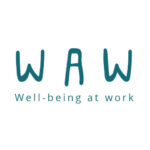Get ready to Lift-Off!
Our gift to female entrepreneurs everywhere
So, you’re all set to take your first steps to seamless and joyful business growth? Great choice! By signing up to our Lift-Off programme you’re joining many others who have found the freedom to evolve and break exciting new ground with their business.
You’ll receive:
- Your Personal Growth Guide:
An in-depth online evaluation of you and your business. - 2-hour webinar:
A totally interactive workshop where you can make the most of your Personal Growth Guide and plan your right next step. - 1-on-1 consultation:
A call with one of our ‘Wyseminds’ to explore what your Personal Growth Guide means for your unique circumstances.


